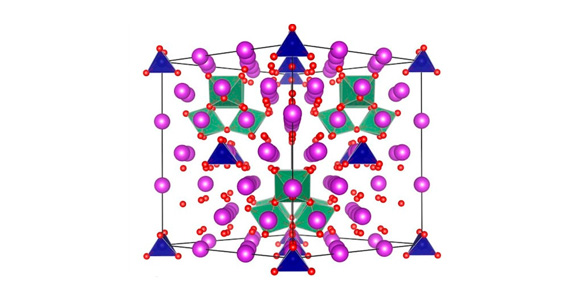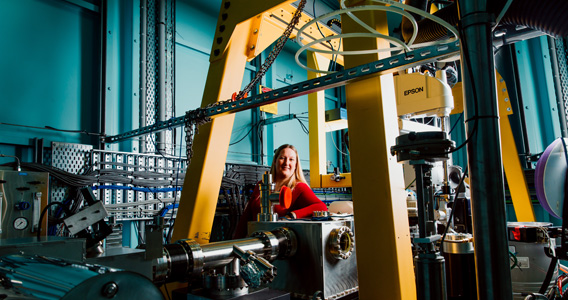Foods are complex mixtures of components with diverse thermal, mechanical, rheological and ageing properties. Synchrotron techniques allow researchers to correlate the macroscopic properties of a sample with its microstructure, helping companies meet consumer demand for nutritional value, novelty and ease of use, across products ranging from bread to butter.
The food industry benefits from the advantages of synchrotron radiation in different ways. A few of the possibilities of research offered by the Australian Synchrotron are:
• Visualising the multi-length scale pore structure of samples, for example, freeze-dried vegetables.
• Understanding how the microstructure of food changes due to temperature abuse using high-resolution tomography imaging.
• Detecting trace elements and map molecular groups and structures on the nanoscale using infrared spectroscopy.
Typical synchrotron techniques for food and agribusiness:
· Crystallography
· Small angle X-ray scattering
· Infrared and spectroscopic mapping of tablets
· Analysis of feedstock polymorphs
· Analysis of trace API in products
· 3D structural characterisation of proteins, macromolecular drug tests, small molecules, ligands and complexes
· Characterising drug formulations in-vitro and in-vivo
· Characterising drug distribution in living tissue
· Micro- and nano-structure of implantable materials
· 3D micro structure of implantable devices.

Significant step towards development of malaria vaccine
WEHI and collaborators use synchrotron techniques to elucidate binding mechanism

Fine-tuning chemistry produces stability in bismuth oxide
Spectroscopy elucidates oxidation states and local structures

Triggers of tree mortality published in Nature
WSU researchers used IMBL to get insights into impact of dehydration
USER INFORMATION  Apply for access or find out about support services and user obligations.
Apply for access or find out about support services and user obligations.
 Apply for access or find out about support services and user obligations.
Apply for access or find out about support services and user obligations. OUR BEAMLINES  Find out about our beamline capabilities and teams.
Find out about our beamline capabilities and teams.
 Find out about our beamline capabilities and teams.
Find out about our beamline capabilities and teams. APPLY FOR BEAMTIME  Submit your beamtime proposal on the user portal.
Submit your beamtime proposal on the user portal.
 Submit your beamtime proposal on the user portal.
Submit your beamtime proposal on the user portal. BOOK A TOUR  Lab sessions and tours.
Lab sessions and tours.
 Lab sessions and tours.
Lab sessions and tours. INDUSTRY  Commercial access to specialised facilities and expert advice.
Commercial access to specialised facilities and expert advice.
 Commercial access to specialised facilities and expert advice.
Commercial access to specialised facilities and expert advice. OUR FACILITIES  Accelerator physics, engineering and computing.
Accelerator physics, engineering and computing.
 Accelerator physics, engineering and computing.
Accelerator physics, engineering and computing.


